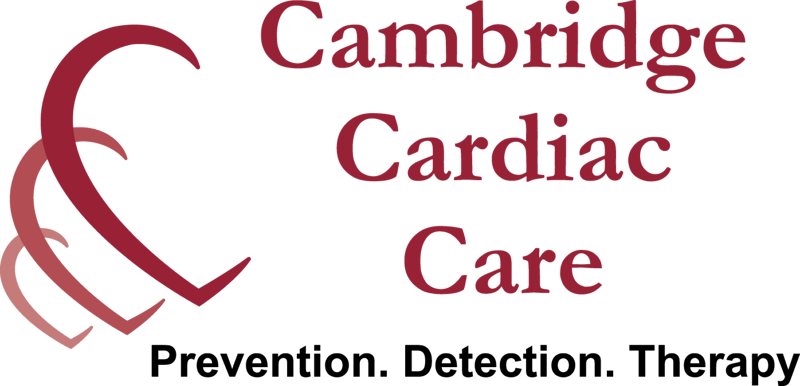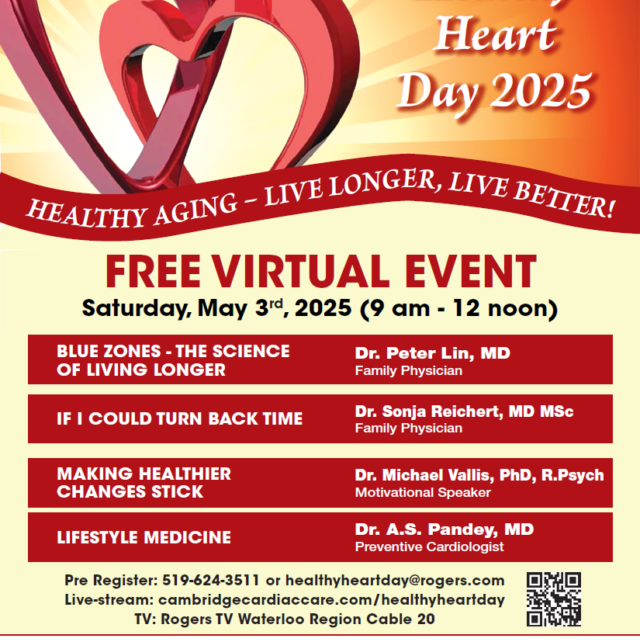Enhanced cardiac imaging with no down side or down time!
What is a contrast stress echocardiogram?
A stress echocardiogram is a two-in-one diagnostic tool that provides important information about cardiovascular functioning by comparing how the heart structures behave at rest versus under the “stress” of exercise. We are fortunate at Cambridge Cardiac Care, to have the advanced technology of microbubble UEA stress echocardiography in which an IV solution containing tiny, bio-compatible micro-bubbles of ultrasound enhancing agent (UEA) is administered to the patient. This allows us to see remarkably clear images for more accurate results and diagnosis.
The test is divided into 3 main steps. First, the echocardiogram portion involves an ultrasound of the heart, giving us a baseline understanding of how the heart functions at rest. Next, the patient mounts a treadmill allowing us to monitor the electrical activity of the heart at varying levels of exercise intensity, as the heart is “stressed” carefully and methodically. Finally, the patient quickly gets back on the examination table for a second echo, this time to identify how the heart functions while it’s still pumping hard from exercise.
Unprecedented image quality is produced non-invasively, safely, and with absolutely no radiation involved!


 1.jpg)





